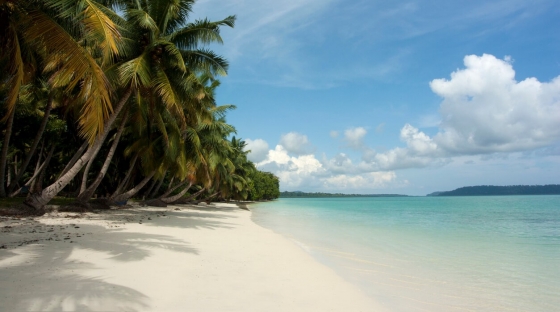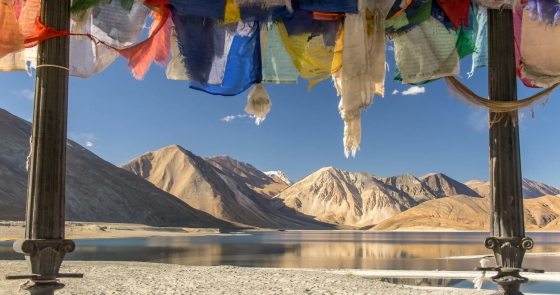Mount ─Ćbu Weather and Climate: A Comprehensive Guide
The climate in Mount ─Ćbu is marked by big temperature swings throughout the year.
Temperatures range from very hot during the warmest months
to warm in the cooler months.
It receives a reasonable amount of rainfall.
Let's now guide you through the climate details for a complete overview.
Average maximum day and minimum night temperature
In Mount ─Ćbu, temperatures differ significantly between summer and winter months. Average daytime temperatures reach a very hot 40┬░C in May. In January, the coolest month of the year, temperatures drop to a comfortable 26┬░C.
At night, you can expect cooler temperatures, with averages dropping to around 12┬░C during this month. Check out our detailed temperature page for more information.Temperature ranges by month
Precipitation and rainy days
On average, Mount ─Ćbu receives a reasonable amount of rainfall, with an annual precipitation of 629 mm. Mount ─Ćbu can be quite wet during July, receiving approximately 246 mm of precipitation over 10 rainy days. In contrast December, experiences much drier conditions, with 1.3 mm of rainfall, spread across 0 rainy days. For more details, please visit our Mount ─Ćbu Precipitation page.The mean monthly precipitation over the year, including rain, hail and snow
clear and no rain clear and no rain partly cloudy and small chance of rainForecast for Mount ─Ćbu
Select a Month of Interest
Check the weather conditions for any month in Mount ─Ćbu.
The best time of year to visit Mount ─Ćbu in India
Other facts from our historical weather data:Most rainfall (rainy season) is seen in July and August.
July tops the wettest month list with 246 mm of rainfall.
December is the driest month with 1 mm of precipitation.
No idea where to travel to this year? We have a tool that recommends destinations based on your ideal conditions. Find out where to go with our weather planner.




